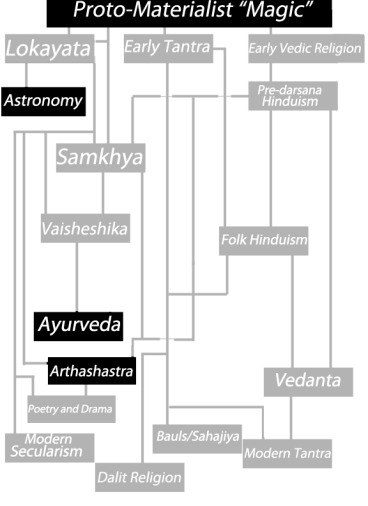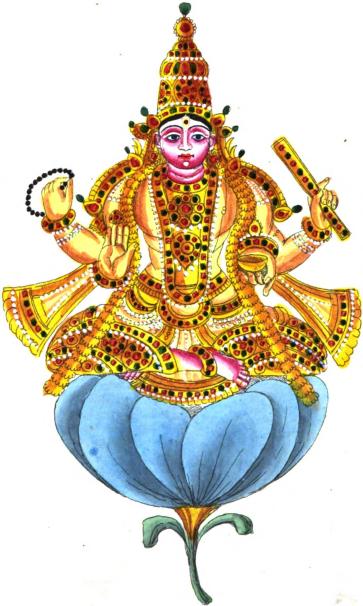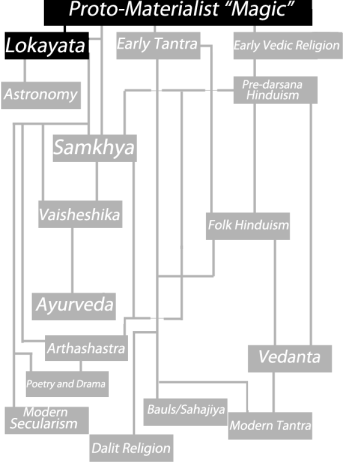Did India have an Ancient Constitution worth respecting, or not? Did the British uphold it, or destroy it? For a Libertarian or Burkean Conservative Hindu, these are important questions to consider dispassionately. The answer actually matters. If India had an Ancient Constitution which was destroyed when the British came, then much of India’s existing constitution, a combination of British laws and the arbitrarily imposed theories of Ambedkar, is an usurpation of the ancient rights and privileges primordial to the land and the race. The very basis of the Indian state is in question in this case. On the other hand, if India had no such Ancient Constitution, or if it was destroyed by the Mughals and restored by the British, then the period of British rule was a period of liberation from Oriental Despotism wherein India was Brought Into History as Hegel might have said. This is a somewhat false binary, but I present it anyway to show some of the dramatic potential conclusions we can come to.
Its also important to consider what such a concept as an Ancient Constitution really even means. Is it a principle of abstract justice which is universal? Or do different societies create internally valid social compacts which might differ from one another in legitimate ways? Or is this an incorrect way of framing the question?
I’m not really going to try to definitively settle the historical question in this post. I’m still doing research on the topic and will put out my full view on it later if I think I gain enough information to make such a judgement. I’ll instead just briefly discuss what the idea of an Ancient Constitution meant to a few thinkers in the context of India. I’ll look at Bose, Burke, Roy, and Naoroji.

Portrait of Subhash Chandra Bose. Image source: quotesgram.com
Bose:





